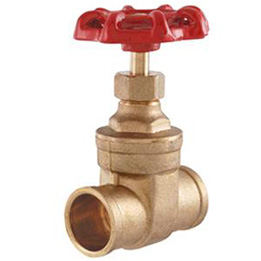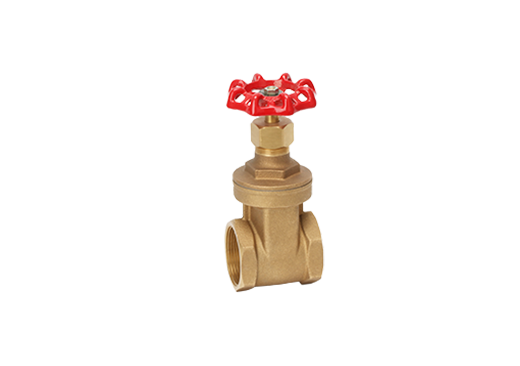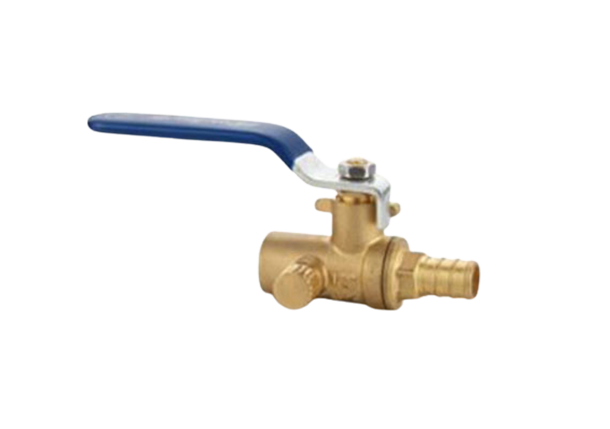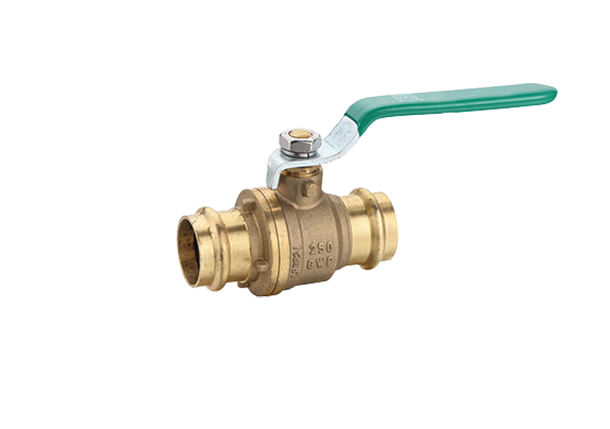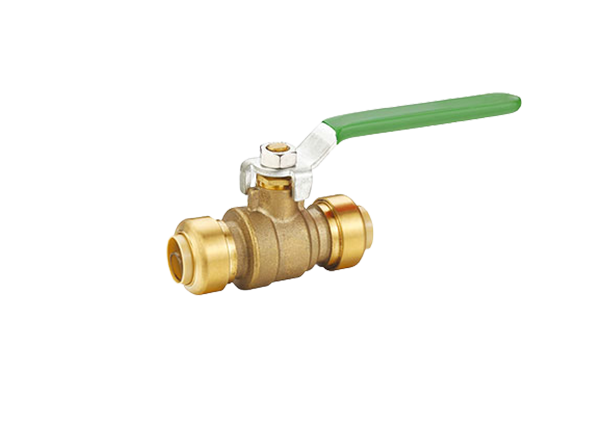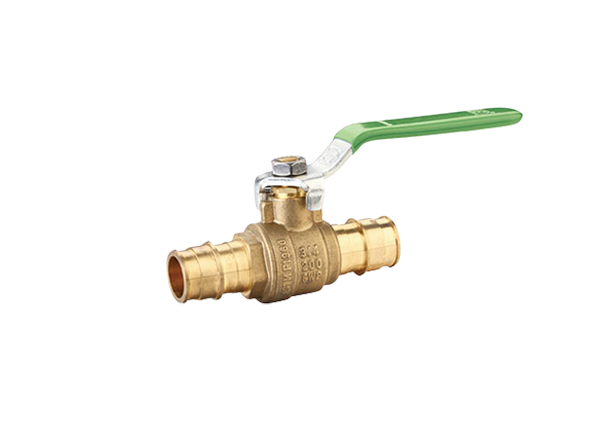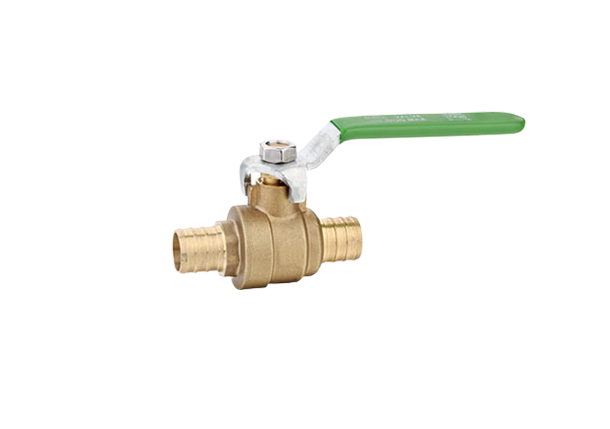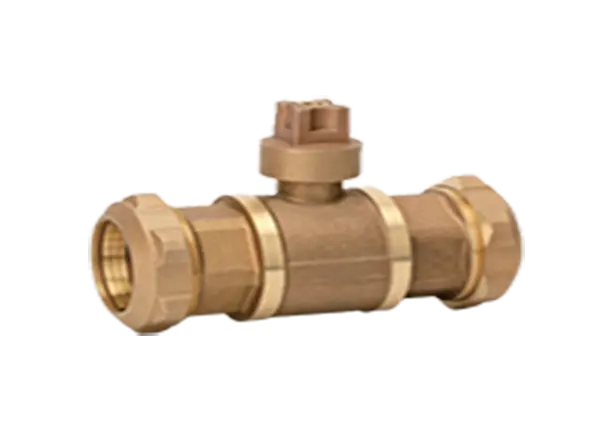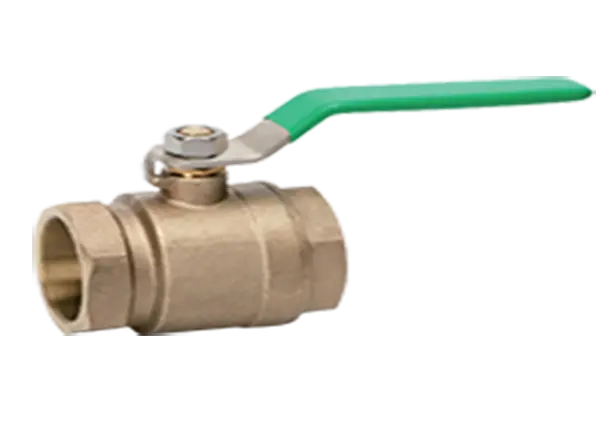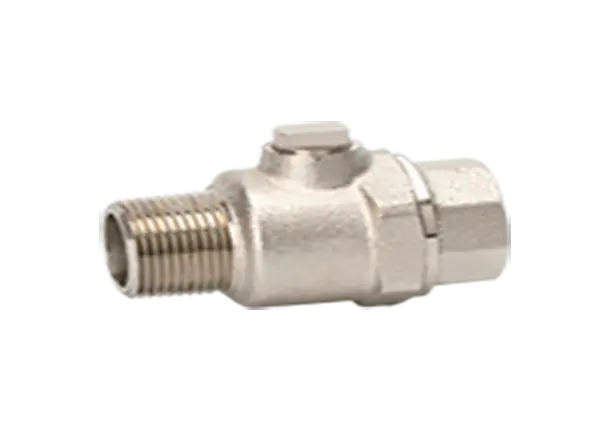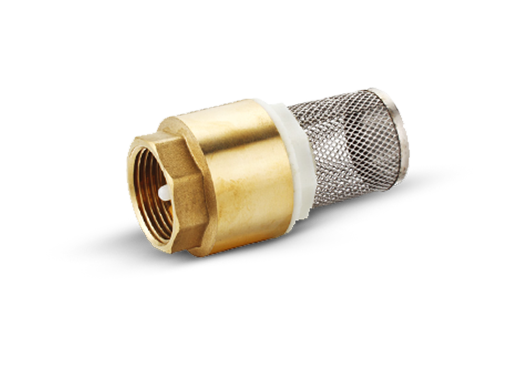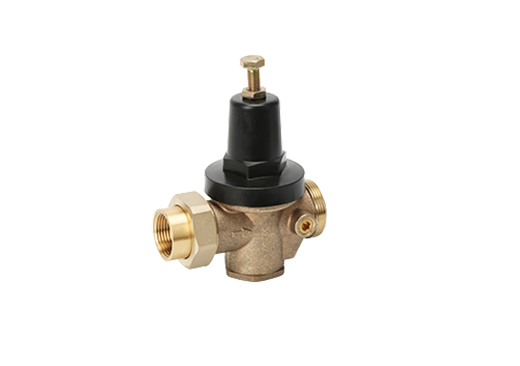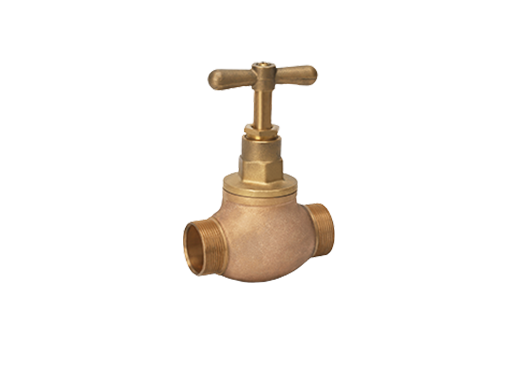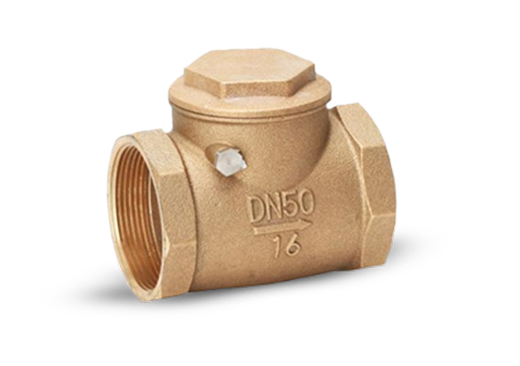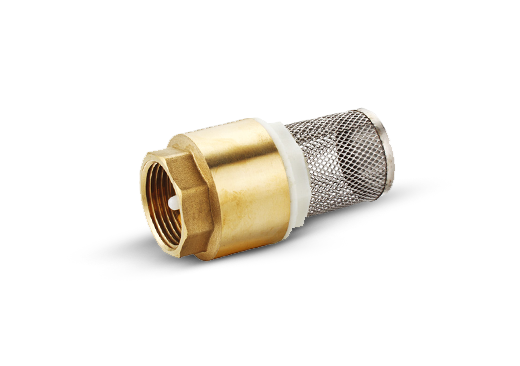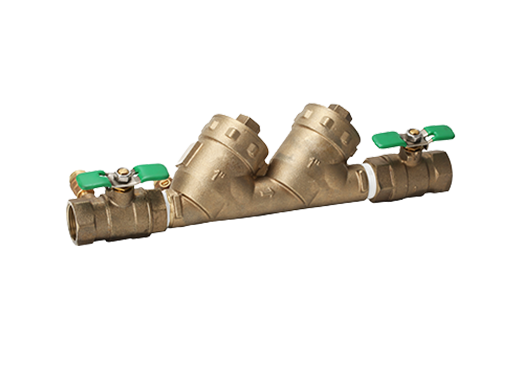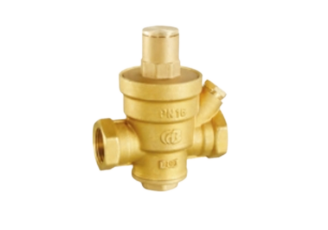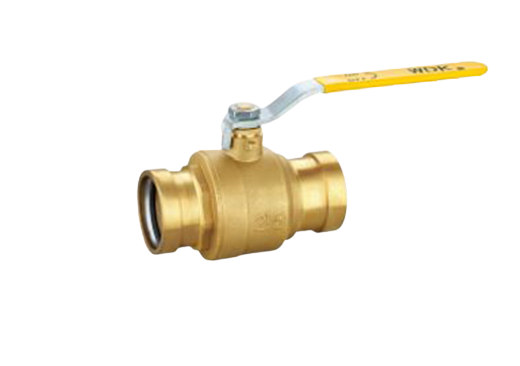The Working Principle and Classification of Safety Backflow Valve
Ⅰ. Working principle of safety backflow valve
The safety backflow valve plays a safety protection role in the system. When the system pressure exceeds the specified value, the safety valve opens, and part of the gas in the system is discharged into the atmosphere, so that the system pressure does not exceed the allowable value, so as to ensure that the system does not have an accident due to excessive pressure.
Safety valve is also called overflow valve. Piston type safety valve, the valve core is a flat plate. The air source pressure acts on the piston A. When the pressure exceeds the safe value determined by the spring force, the piston A is pushed open, and a part of the compressed air is discharged into the atmosphere from the valve port; when the air source pressure is lower than the safe value, the spring drives The piston moves down, closing the valve port.
The copper backflow valve is a ball valve type and a diaphragm type safety valve, and the working principle is exactly the same as that of the piston type. These three safety valves are all springs to provide control force, and the safety value can be changed by adjusting the spring preload, so it is called a direct-acting safety valve.
For the pilot-operated safety valve, a small direct-acting valve provides control pressure to act on the diaphragm, and the hard core on the diaphragm is the valve core, which is pressed on the valve seat. When the air source pressure A is greater than the safety pressure, the valve core is opened, and the compressed air is discharged into the atmosphere from the left output hole. Diaphragm safety valve and pilot safety valve have good pressure characteristics and sensitive action; but the maximum opening force is relatively small, that is, the flow characteristics are poor. In practical application, the type of safety valve should be selected according to actual needs, and its diameter should be selected according to the maximum exhaust volume.
A valve that protects the system from being damaged due to excessive pressure. Once the medium pressure in the system pipeline or device exceeds the set value, it will automatically release the pressure to achieve the purpose of safety protection.
Ⅱ. The classification of safety backflow valve
There are two types of safety backflow valves: spring type and rod type. In addition, there are impulse safety valve, pilot safety valve, safety switching valve, safety decompression valve, dead weight safety valve, etc. Carbo, a professional bronze valve factory, provides high-quality backflow valves and other types of valves as well.
The spring-type safety valve mainly relies on the force of the spring to work. There are closed and non-closed spring-type safety valves. Generally, flammable, explosive or toxic media should be closed, and steam or inert gas can be closed. There are spring-loaded safety valves with and without wrench.
The function of the wrench is mainly to check the flexibility of the valve disc, and it can also be used for manual emergency pressure relief. scope. When the temperature is high, choose a safety valve with a radiator.
When the anti-reflux valve is installed only in emergency situations, do not install filters in water lines that are rarely used, such as fire sprinkler lines.
If, during periods of no flow, water is draining from the relief valve vent, the cause may be:
1. The first check valve is polluted;
2. The inlet pressure of the device drops too much due to upstream pressure fluctuations.
Furthermore, in the event of an emergency backflow or water hammer, this safety backflow valve may release (splash) if the second check valve is contaminated.
Different Carbo Valves For Sale

